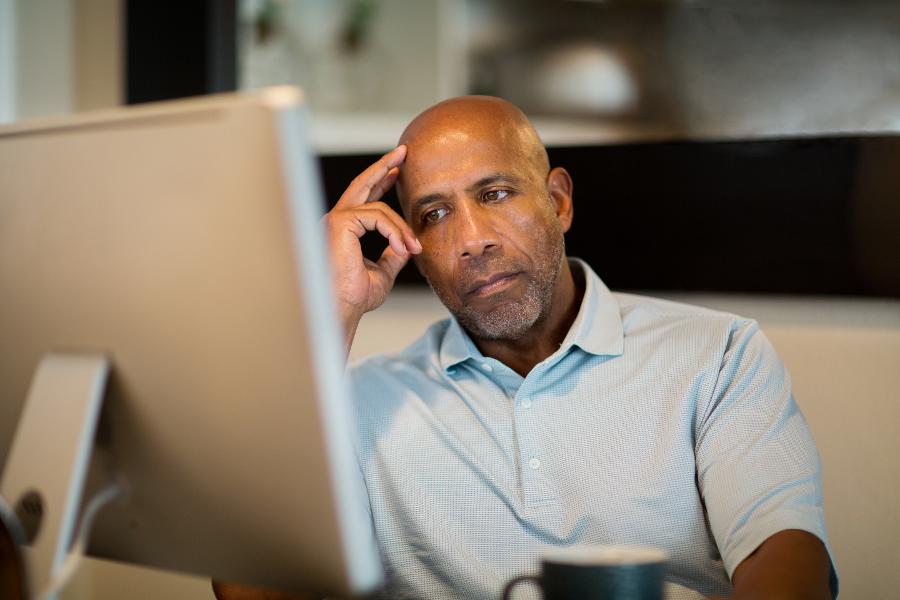
Jack Kelly
May 26, 2020
Last week, 2.44 million Americans filed first-time claims for unemployment benefits. Since mid-March, roughly 39 million people have filed for unemployment. About 25% of Americans are now out of work. As bad as these numbers look, the job landscape is even worse than what’s being reported.
The 39 million total fails to include people who were unemployed prior to the pandemic. Back in February, before Covid-19 really hit hard, the U.S. economy had record-high levels of employment with the lowest level of unemployment in 50 years at around 3.5%—representing millions of people. The government data also doesn’t count those who’ve finished collecting unemployment benefits and have yet to still find jobs. The real number has to be, at the very least, over 40 million people who are out of work.

The 40 million might even be a low estimate, as it doesn’t include gig-economy and self-employed workers receiving first-time unemployment benefits via a temporary program, according to the Wall Street Journal.
The beginning stage of the pandemic-related layoffs was concentrated in the restaurant, hotel, airlines, and lower-wage-earning sectors. Sadly, these were the folks who previously benefited from the past 10 years of consecutive job growth. The job losses have now spread to white-collar, college-educated professionals in a cross-section of industries.
The once-mighty Silicon Valley job machine ground down with Uber, Airbnb, Lyft, and a number of other established and startup tech firms shedding people. Vice, Quartz, BuzzFeed, and other digital news outlets, as well as traditional media companies, laid off professionals. Sectors that include aircraft makers, such as Boeing, diversified conglomerate GE, rental car company Hertz, and, ironically, job site ZipRecruiter, announced layoffs.
The University of Chicago’s Becker Friedman Institute offers a sober prediction that 11.6 million of all jobs lost through April 25 will become permanent. Wells Fargo wrote in a research report, “It is likely [it] will take a number of years for the labor market to recover from its pandemic-induced meltdown.”
Fifty percent of Americans self-reported to a Census Bureau survey that either their incomes declined or they live with another adult who’s lost pay due to a job loss or a reduction in hours worked. Over 20% of the respondents claimed to have little or no confidence in their ability to pay the next month’s rent or mortgage on time.
The U.S. stock market sharply rebounded off of the lows seen at the beginning stage of the outbreak. This is said to be a positive sign. Investors look toward the future, as it relates to the value of stock, and not at the current state of affairs. The strong stock market is believed to be a sign of confidence for the future.
This flies in the face of reality. As millions of Americans are out of work, they’ll hold off on their spending and save as much money as possible. Most people don’t even have three months of emergency funds available. The biggest driver of our economy is the consumer. We’re dependent upon people buying homes, cars, iPhones, televisions, jetting off on vacations, dining out at restaurants, and attending concerts and sporting events.
When people lose their jobs or worry about possibly being terminated or having their hours cut, they are not likely to spend like they used to. They’ll be worried about their financial situation or just not have the extra cash to purchase things.
Over the last few months, even if consumers wanted to spend, there were little options available, as nonessential businesses were closed and stay-at-home orders were in full effect. Aside from Amazon, Google, Apple, Microsoft, Netflix, Zoom, and a precious few online winners, most companies are hurting and in bad shape. Just this week, we saw iconic American brands, such as J.C. Penney, J. Crew, Pier 1, and Neiman Marcus, file for bankruptcy protection. This should trigger another wave of layoffs.
We may see a downward spiral. People will spend less, which results in businesses realizing lower revenue and little-to-nothing profits. It’s natural to tamp down on expenditures when you’re afraid. You’ll put off buying a new home or car. Financially concerned people won’t take vacations or dine out—even when that becomes an option. They’ll likely conserve money, as they don’t know how long this uncertain and difficult time will last.
With less revenue, on top of months of little-to-no business, more businesses will desperately cut costs or be forced to close down. When this happens, we’ll see further layoffs. Each wave of downsizings will inspire more business closures—as fewer and fewer people have money to spend—and bankruptcies. This, unfortunately, seems like the most logical path, as nothing is being done to alter our trajectory.
It will take bold, swift, intelligent initiatives by the government and business leaders to enact changes to get us off of this path of self-destruction. Otherwise, an object in motion stays in motion and the velocity of job losses will continue.
This article was written by Jack Kelly from Forbes and was legally licensed by AdvisorStream through the NewsCred publisher network.
© 2024 Forbes Media LLC. All Rights Reserved
This Forbes article was legally licensed through AdvisorStream.


